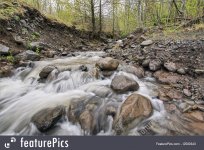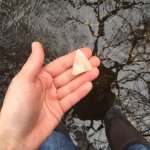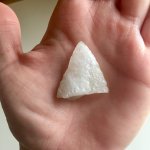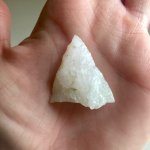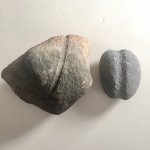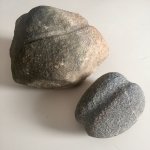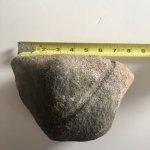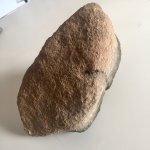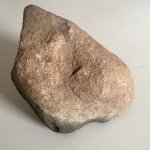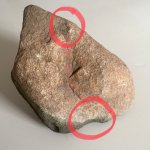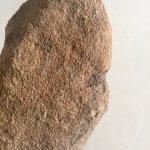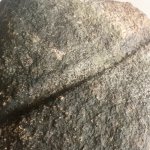Wandermore91
Jr. Member
To my surprise I found this in a creek. I’m completely puzzled as to what it is. Please do not tell me that it is a natural rock, or that it is not in your handbook so it isn’t an artifact. It may be unfinished, and unclassified, but it’s clearly modified for a purpose and I am racking my brain trying to figure out what that could’ve been. Has anyone seen a stone piece anything quite like this before? A google search failed me. That’s when I know I’ve got something quite good. This piece was clearly worked over for a long time. The grooved edge goes completely around the top and this stone was intricately flared, angled and narrowed perplexingly enough into a shape, well... like an iron! 🤔
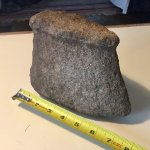
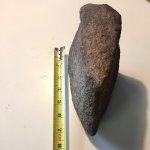
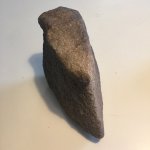
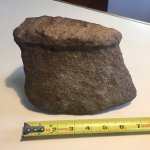
Large and heavy
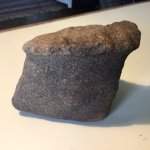
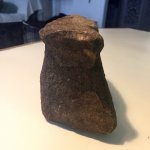
May be unfinished in back but it is very interesting like this as you can see the natural texture of the stone contrasted against the worked stone
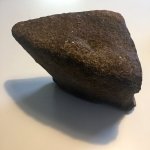
Underside




Large and heavy


May be unfinished in back but it is very interesting like this as you can see the natural texture of the stone contrasted against the worked stone

Underside
Amazon Forum Fav 👍
Last edited:
Upvote
0




